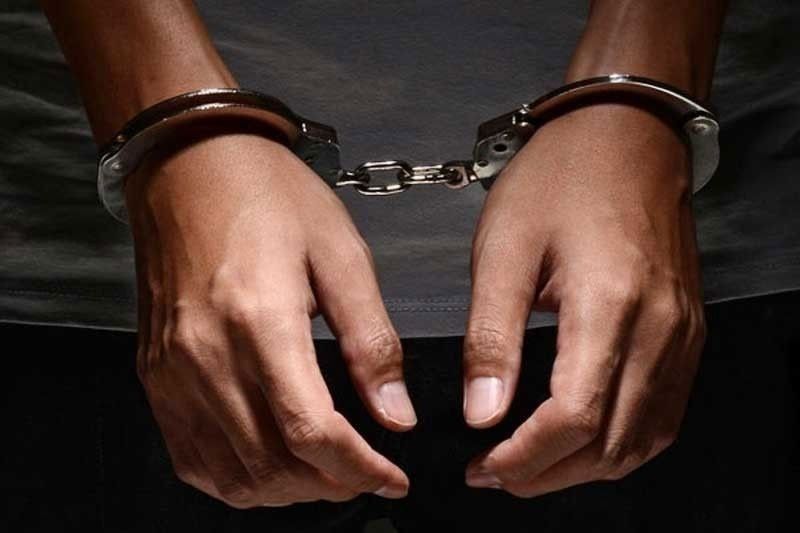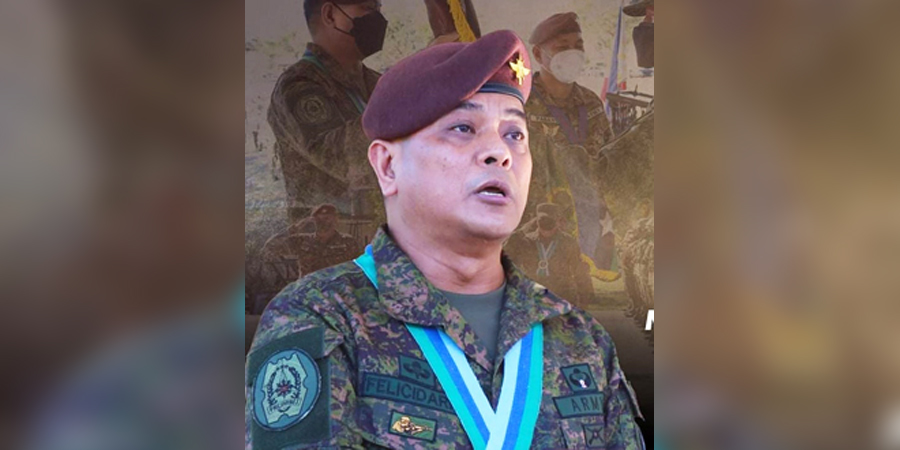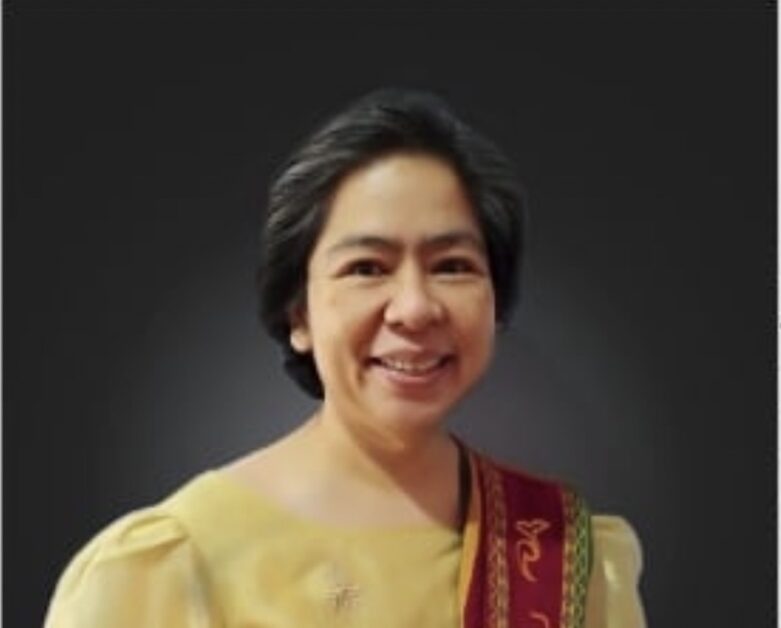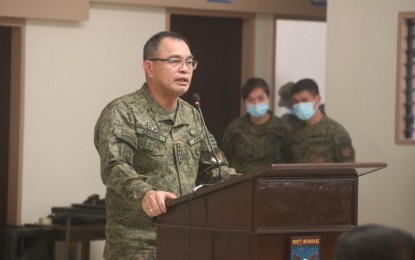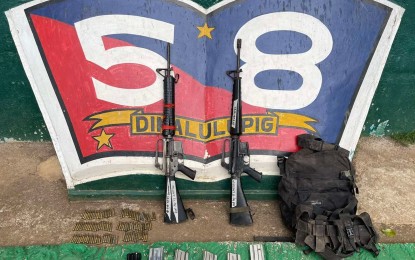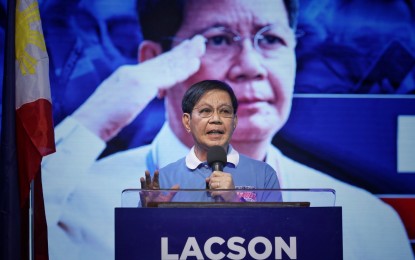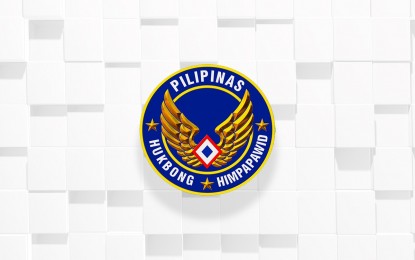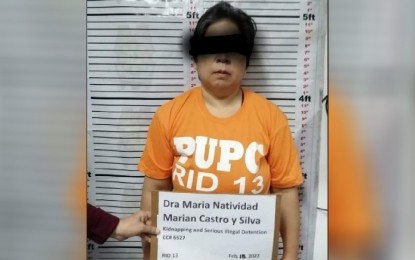Posted to MindaNews (Feb 19, 2022): REMEMBERING: To fight for the freedom of my people (By SALAH JUBAIR)

(In the run-up to the 35th anniversary of People Power that ousted the Marcos dictatorship, let us remember what Mindanawons did to fight for freedom. This piece by Salah Jubair was among the essays featured in the book ‘Turning Rage Into Courage: Mindanao under Martial Law,’ published by MindaNews in 2002, on the 30th anniversary of the declaration of martial law by President Ferdinand Edralin Marcos)
I was back in Mindanao after graduating from one of the universities in Manila when martial law was declared on September 21, 1972.
Like most graduates, I was very young and knew little about this damned whole thing called “martial law” or how life was going to be lived in a situation of uncertainty or of constant fear, something like the Damocles’ sword hung by a single hair above the heads of the people. No clear description was forthcoming. The elder folks could only liken it to — or does it perfectly fit? — “juez de cuchillo,” roughly translated into “iron-fist rule.”
For years, while in the metropolis as a student, I witnessed many violent protests against the government. The protesters accused the government of rampant graft and corruption, human rights violations, high tuition fees, militarization and abuses of the military, the presence of the U.S. military bases and the subservience of the Marcos administration to U.S. interests and policies.
The most violent student demonstration took place on January 30, 1970, better remembered as the “Battle of Mendiola.” Thousands of angry student demonstrators tried to storm the gates of Malacanang. Six students were killed and as many were wounded. Instead of truncheons, water cannons or rubber bullets, soldiers charged with M-16 Armalite rifles loaded with live bullets like in real-life war scenario.
The case of the Moro students was different. Very few felt agitated by the burning national issues confronting the Filipino nation at large. They seldom participated in the so-called “parliament of the streets,” simply because the grievances raised by Filipino students against the government had little bearing on their lives, except on the issue of military abuses.
But when news of the widespread killings in Corregidor and Mindanao started to fill the front pages of metropolitan dailies and the suspects were Constabulary, police or vigilantes, the Moro students began to see the gravity of the situation. They were not only restive but more importantly, they organized separate protest rallies, some violent, against the government. They accused government of plotting to exterminate the Moros in Mindanao.”
“Their grievances were not without basis. First, dozens of Muslim trainees were massacred in the historic island of Corregidor in March 1968 for refusing to obey orders to start a rebellion in the Malaysian state of Sabah and for demanding the release of their allowances already withheld for months. This was followed by a series of mass killing of innocent Moro civilians in Mindanao such as the Manili Massacre on June 19, 1971 where 70 Muslims, including women, children and old men and women were mowed down inside a mosque in Manili, Carmen, North Cotabato by joint PC-Ilaga gangsters, and on November 22, 1971, another 63 were mercilessly shot down in cold blood in Tacub, Kauswagan, Lanao del Norte.
Even during my high school days, it had been my preoccupation to find ways that could guarantee the survival of the Moro as a people. But how and when were still hazy in my mind.
When martial law was declared, my response was almost instant: to go underground and join the Moro National Liberation Front (MNLF).
“This decision was not very difficult for me to make. Many leaders of the MNLF then were my close associates during my college days in Manila. I can name some of them: Otto Salahuddin of Basilan, Abdurasad Asani of Sulu, Akmad Enampadan, Datu Ali Sansaluna and Abdulmanan Abas, all of Cotabato, and Abulkhayr Alonto of Lanao. The first five are all gone; they gave up their lives in the service of our struggle. Alonto, on the other hand, surrendered to the government and is now living in luxury.
At the time, Nur Misuari was an instructor at the University of the Philippines in Quezon City. We used to visit him at the UP campus where he stayed in one of the cottages there. We discussed wide-ranging subjects, including the ever-worsening situation of the Muslims in Mindanao, for which we found no ready solution, except to try something radical that had never been done before by any of the contemporary Moro leaders who were offering nothing but lip service to the sad plight of their people.
Was the declaration of martial law a curse or blessing?
For me it was a blessing couched in an unusual fashion. Not that I was not clear on which path to take now that I was back home in Mindanao. The die was cast. I was determined and resolute in my decision to go underground, a life full of hardships, sacrifices, perhaps even death, to fight for the freedom of my people.
This decision was mine alone as I was sure then that nobody in the family, least of all my elder brother who supported me through college, would approve of it. But the timing had not been fixed yet.
When Marcos declared martial law, he insisted there was in fact a threat of insurrection. The New People’s Army (NPA) and the Muslims were engaged in intermittent warfare with the Armed Forces of the Philippines (AFP) and were seen as threat. So, too, were labor groups and students, the youth and other mass organizations. All were seen as heavily controlled by or front organizations of the communists.
Corruption had by then invaded every organ of the government and they had to be weeded out. The media were the tools of the oligarchs who were suspected of collaborating with anti-government forces to topple the government.
Thus, an atmosphere of xenophobia pervaded. The repression that followed the rash of presidential directives, decrees, proclamations, was unprecedented. It was reminiscent of colonial days rather than liberation.
True to its billing as “machinery of terror,” Martial Law led to the arrest of hundreds of Moro leaders who, like their counterparts in the other parts of the country, were suspected of subversion. They were picked up and detained by the military.
The unlucky ones just disappeared and were never heard from again.
Marcos disregarded the Constitution, violating the Bill of Rights (Article III). Such basic human rights to assemble peacefully, to free exercise of speech, or of the press, or the right to petition the government for redress of grievances, were seriously infringed. So, too, were the right to be secure in their person, houses, papers, and effects, against unreasonable searches and seizures, and many more.
At this juncture, another question has to be asked: “Why were there indiscriminate arrests of Muslims when in fact there was no actual Moro rebellion in Mindanao before the declaration of martial law?”
If there had been intermittent fighting in Cotabato, Lanao and Zamboanga, they were no more than a pocket resistance of the Muslims against the onslaught of the Constabulary-Ilaga tandem. The Muslims were only defending themselves in order to survive as a people.
It was only in late 1972 when the MNLF started to claim the fighting officially in its name – during the siege of Jolo, Sulu on the 14th of November.
When he issued Proclamation 1081 on September 21, 1972, President Marcos cited the Moro rebellion in Mindanao as one of the two most important reasons why he put the entire country under the grip of martial law. The other reason was the New People’s Army (NPA).
In brief, the alleged threat to Philippine national security posed by the Moro rebellion had been utilized merely as a “scapegoat” or “whipping boy” for the selfish interests of the Marcoses. Actually, even the “genocide war” in Mindanao perpetrated by the so-called Ilaga gangsters, were state-managed and could easily be traced to the highest echelons of government.
Marcos insisted that the declaration of martial law did not represent a military takeover of civil government functions. He asserted that the military would only fulfill the bidding of the civil authority, a claim contrary to reality. Repressive measures including assassination of political enemies were resorted to until Marcos’ ouster in 1986.
Marcos is gone but martial law is not gone forever. Thirty years after its declaration, and now under the Arroyo dispensation, anyone can be arrested without a warrant of arrest. Look at what is happening in Basilan, Zamboanga, Sulu and in General Santos City or elsewhere. Even the right to disagree, an essence of true democracy, is now restricted. Anyone who disagrees with or criticizes the government or its policies, especially on foreign affairs, as in the case of Vice President Teofisto Guingona, runs the risk of being tagged as “left-leaning whose sympathizers are the communists.”
The Arroyo administration doesn’t have to create a manipulative legal masterpiece to declare martial law; it just does what it pleases, even ignoring the Constitution. Look at how this government and its American counterpart conducted the RP-US joint military exercises dubbed “Balikatan 02-1” and what the Constitution says. The Arroyo administration is conniving just to circumvent the Philippine Constitution that explicitly prohibits permanent stationing of foreign troops or bases in the Philippines.
It isn’t true that one of the reasons why Marcos declared martial law was the growing opposition to the domination of foreign countries especially the United States. It takes no martial law to let them stay here forever in exchange for a few million dollars and at the expense of Philippine sovereignty and territorial integrity.”
The Arroyo administration didn’t need to lift habeas corpus to deal with suspected criminals. She just lets her police and Army, in the case of Muslims, use every pretext — “terrorist,” “kidnapper,” or a member of the “Al-Qaeda” of Osama bin Laden — to arrest anybody, even the innocent ones.
The Arroyo administration didn’t have to sequester TV stations and newspapers to make them toe the line or speak favorably as what Marcos did back in 1972. A little knock on the door of publishers, journalists, or newscasters by those “bad boys in the backyard” — and/or little grease money — will make many if not most of those in print, broadcast and television sing hosanna to the “gods” in Malacanang.
The government says martial law will never happen again.
Yes, that is true.
Because there is no need for it anyway.
(Salah Jubair wrote this piece in 2002 for the book, “Turning Rage Into Courage: Mindanao Under Martial Law.” He did not only join the Moro National Liberation Front and later the Moro Islamic Liberation Front, he also wrote a history book from the perspective of the Moro -“Bangsamoro: A nation under endless tyranny.” Jubair, wrote another book, “The Long Road to Peace: Inside the GRP-MILF Peace Process.” It was during the book’s launching on November 28, 2007, when it was revealed that Jubair is the nom de guerre of Mohagher Iqbal who chaired the MILF peace panel from 2003 until the signing of the Comprehensive Agreement on the Bangsamoro in March 2014. Iqbal then became chair of the MILF Peace Implementing Panel and is now Minister of Education at the Bangsamoro Autonomous Region in Muslim Mindanao).
https://www.mindanews.com/mindaviews/2022/02/remembering-to-fight-for-the-freedom-of-my-people/



















